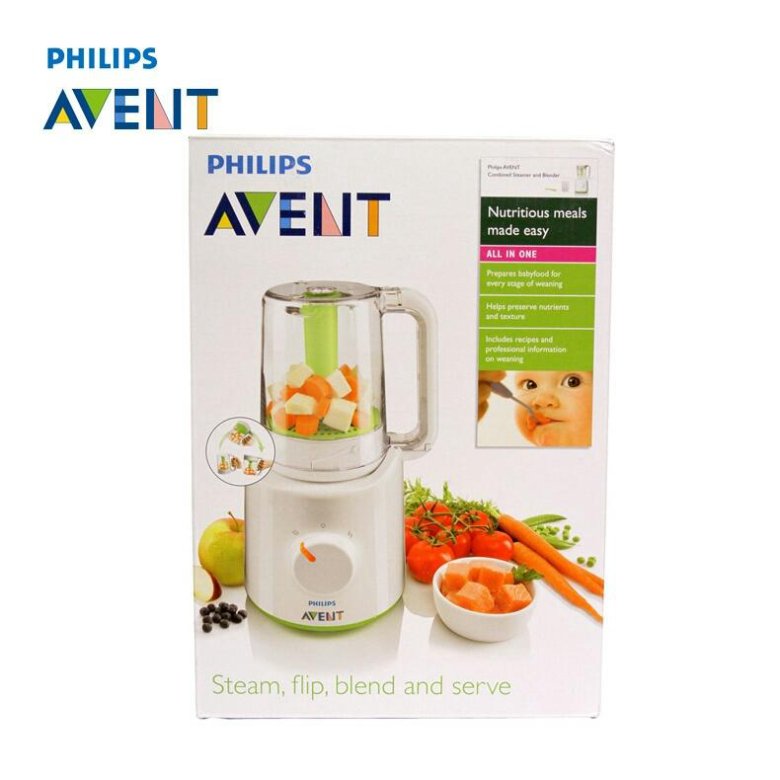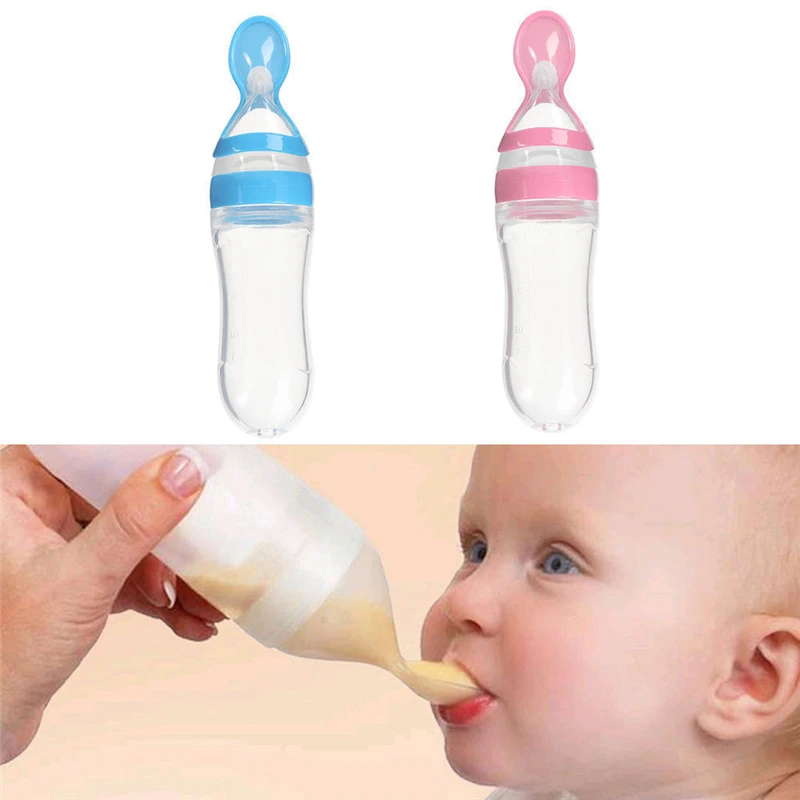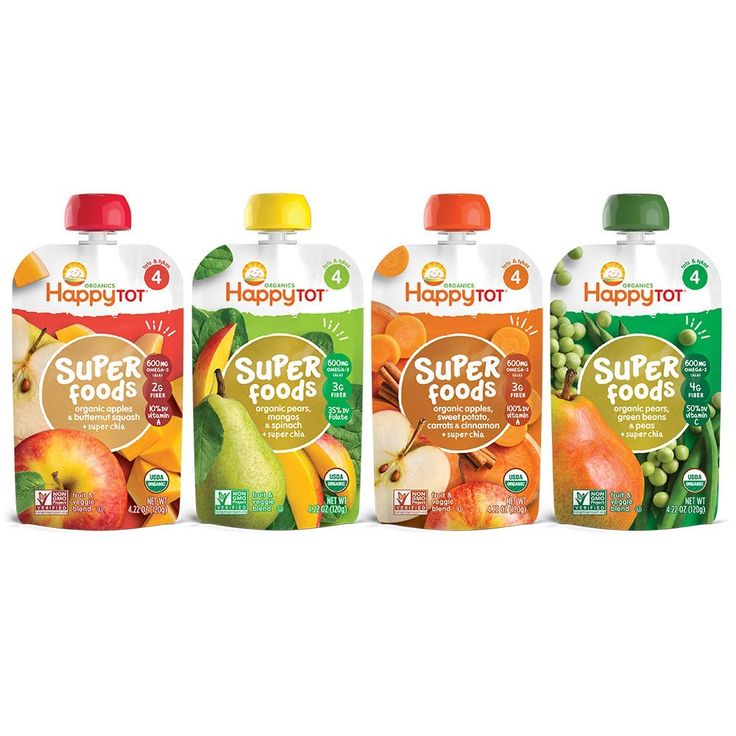Best foods for babies with reflux
Feeding A Baby With Reflux | Parenting Blog | Babocush Limited
It may seem like it was just yesterday when you brought home your little bundle of joy then just like that, it’s time to wean your baby off of milk and introduce solid foods. This process might feel overwhelming, especially if your child is still experiencing baby reflux.
What are the symptoms of baby reflux?
It is important to note the symptoms. Repeated crying, vomiting or spitting up, arching of the back or neck during or after feeds, recurrent ear infections, incapacity to sleep or frequent waking, irritability and lastly, frequent hiccups. Babies typically grow out of reflux within the first two years of their life. With that being said, there are still some foods that can aggravate reflux and others that can ease it.
If your baby suffers with reflux, you may feel more comfortable consulting your doctor before you wean your baby off milk and transition them onto solid foods. As a general rule of thumb, you should avoid giving your baby solid food before they’re four months old.
It’s important that you start the weaning process with purees and baby led weaning.The best foods to feed a baby with reflux are purees of vegetables, particularly root vegetables like potatoes, carrots, pumpkin, swede, parsnips and sweet potato. You can also feed your baby any non-acidic fruits. You should avoid citrus fruits like oranges, apples and grapes, tomatoes, peppers, courgettes, cucumbers and aubergines. In addition to that, you should also avoid any foods that have cow’s milk proteins as well as spicy foods.
How to introduce solid foods?
By the time your little one is 4 to 6 months old, you'll probably have your breastfeeding or formula drill down to an art. However, don’t get too comfortable - your baby will soon be ready for "real" food. When it comes to giving your baby solid food, there are a few tips you can follow that can make the process much easier…
Wean your baby slowly
As a general rule of thumb, you should wean your baby slowly and let them take the lead on how much food they need.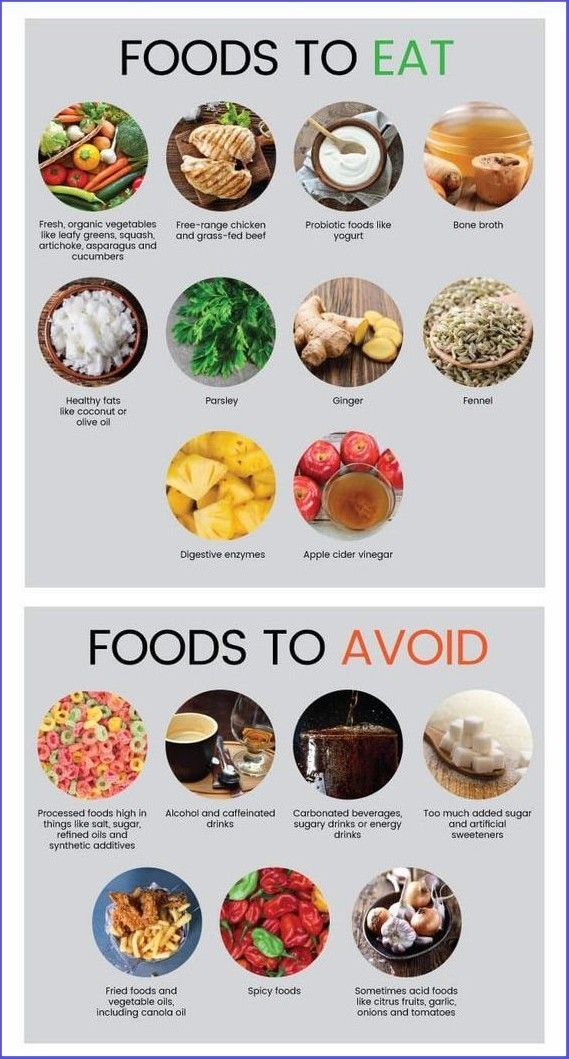 Don’t hurry meal times, allowing plenty of time for food to settle in your baby’s tummy.
Don’t hurry meal times, allowing plenty of time for food to settle in your baby’s tummy.
Start with smooth foods
You should also start your baby on food that is completely smooth. The textures of different kinds of foods can be a trigger for your infant to spit it up. That is not to say you can never introduce different textures, just make sure that you do so slowly. You should also make sure that you sit your baby upright when feeding them.
Watch out for allergies
You can include any foods that are a part of your family’s diet during complementary feeding. As a precaution, you could introduce foods one at a time for three days at first and, if your baby has no issues, the next new food should be added.
This way, any problematic food would be easier to recognise in the unlikely event that an acute or delayed form of allergic reaction occurs. Once potential allergens, such as eggs and peanuts, have been introduced it is recommended that you continue to include them in your baby’s diet, ideally at least twice a week, to ensure that your baby remains tolerant to that particular food.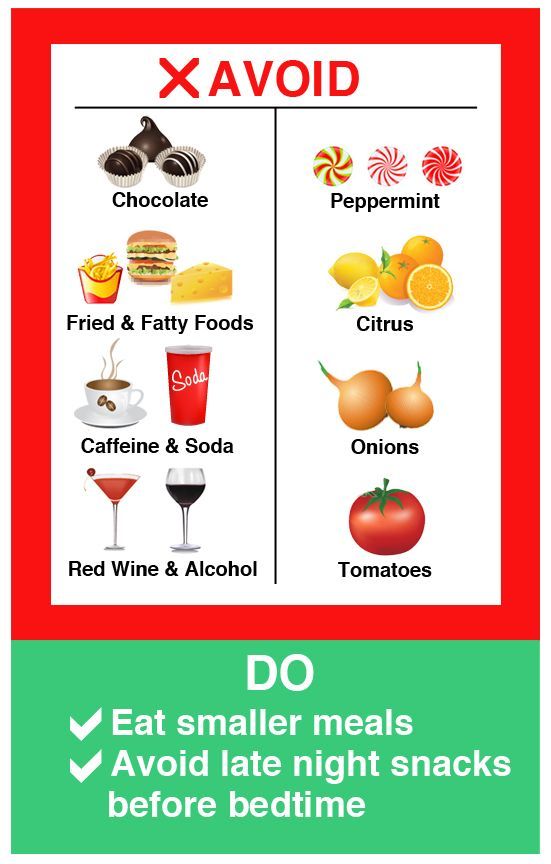
Spacing the time in between introducing new foods will give you the opportunity to discover the foods your baby likes and dislikes. Although your baby’s reflux can make introducing solid foods a challenge, it’s by no means impossible.
Related Blogs:
- Why Do Babies Hiccup?
- How To Burp A Baby
Feeding Solid Foods To A Baby With Reflux: 5 Tips
Home / baby-solids-how / Feeding Solid Foods To A Baby With Reflux: 5 Tips
by Emily DeJeu in baby-solids-how —
Reflux: it’s a problem that affects many babies (up to 50% of babies age 0-3 months!) And if your baby has ever struggled with reflux, you know how hard it can be — the gas, the vomiting, the constant fussiness.
Since reflux is a digestive issue, introducing solid foods to your baby will definitely have an impact on her reflux symptoms. Some parents find their babies’ reflux symptoms actually improve with the introduction of solid foods; others find that starting solids increases reflux symptoms like gas and vomiting.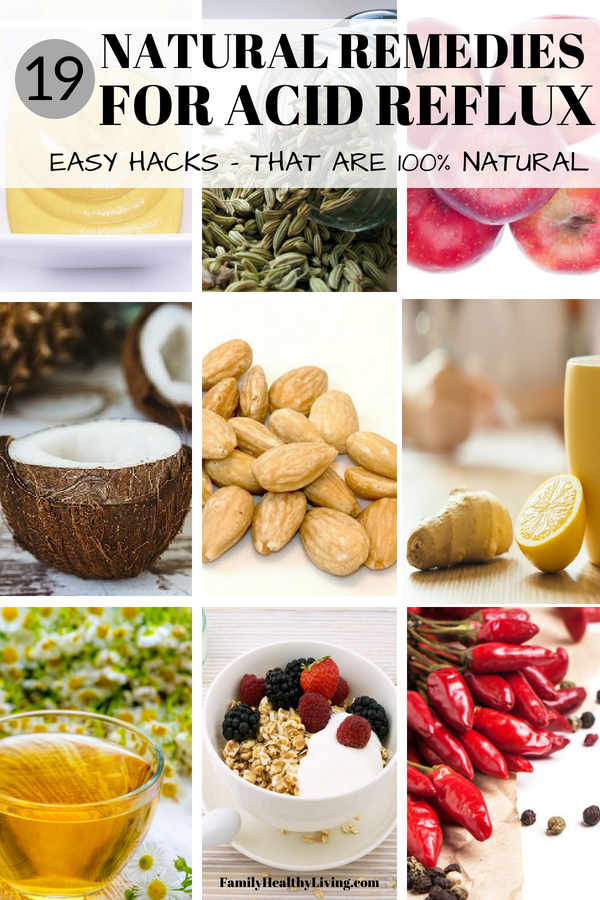
Does your baby struggle with reflux? Below, we’ve included 5 tips to help you feed solid foods to your baby with reflux.
Offer good “first foods”.Rice cereal is usually considered a good first food for babies without reflux, and it may be fine for a baby with reflux, too. However, rice cereal has been known to cause constipation and gas in some babies, so you may want to avoid offering it right away, if your baby has reflux.
Instead, consider starting with these foods:
- Avocado — Foods that are high in fat, like avocados, can be good for babies with reflux. Babies with reflux may eat less than babies without, so it’s considered good practice to offer them high fat, high calorie foods.)
- Pears — Pears are one of the least acidic fruits, and since acid can trigger reflux, pears make a great first food for your baby.
- Bananas — Bananas have been shown to actually help with digestion.
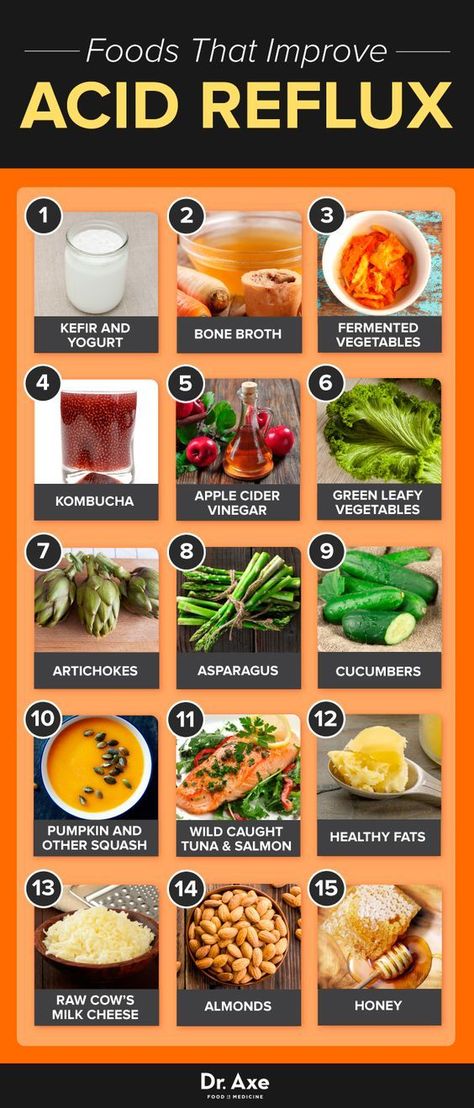
Foods that are known to cause gas can cause lots of pain and discomfort for a baby who already struggles with reflux. Those foods include:
- Onions
- Garlic
- Broccoli
- Cucumber
- Brussel sprouts
- Cabbage
- Cauliflower
- Corn
Other foods that have been known to increase reflux symptoms include:
- Dairy products (particularly milk)
- Acidic foods, like tomatoes and oranges
- High-fat meats
- Carbonated drinks (not that you should be offering those to your baby anyway! 😉 )
Remember the 4 Day Rule? Essentially, the 4 Day Rule advises you to wait 4 days between introducing new foods to your baby. This allows you to figure out which (if any) foods your baby might be allergic to.
This rule works for babies with reflux, too. After you’ve offered your baby a new food, wait a few days to see if it triggers any reflux symptoms. This’ll make it much easier for you to uncover your baby’s “trigger foods” and keep those out of her diet as much as possible.
This’ll make it much easier for you to uncover your baby’s “trigger foods” and keep those out of her diet as much as possible.
Your baby will have an easier time digesting small quantities of food than larger ones. And for some babies, eating large meals triggers reflux symptoms. So consider creating your own daily feeding schedule that’ll include 4 or 5 (or even 6) small meals.
What’s more, avoid offering your baby any solids in the hour before bedtime. This’ll help ensure that if he does have any reflux symptoms after eating, they won’t interfere with his nighttime sleep.
Keep your baby upright.If your baby’s struggled with reflux since birth, you probably know this one already. The fact is that keeping your baby in an upright position after feeding can actually help him digest food, and can help prevent vomiting. This is true for babies when they’re breastfeeding or bottle feeding; it’s also true for babies when they’re eating solid foods!
Sit babies upright when it’s time for a solids meal, and avoid laying them down flat on their backs (or their stomachs) after eating. It’s also recommended that you avoid placing your baby in a walker or exersaucer (or anything else that’ll put pressure on his stomach) after he’s eaten.
It’s also recommended that you avoid placing your baby in a walker or exersaucer (or anything else that’ll put pressure on his stomach) after he’s eaten.
What if you could find everything you needed to know about starting your baby on solid foods – when it’s best to start solids, how to introduce solids, complications, food allergies, etc. – in one easy-reference guide? Now you can! Your Baby’s Start To Solid Foods: A Comprehensive Guide will walk you through every step of starting solids. Plus, your e-Book package includes several bonus materials, designed to maximize your success in starting solids. You’ll get a thorough guide to treating constipation, a dietitian’s advice on how to avoid 5 common solid-foods mistakes, and a weekly meal plan for your baby’s first year. Grab your e-Book today, and ensure your baby has the healthiest possible start to solid foods!
Does your baby have reflux? Do you have any tips to offer on feeding solids to a baby with reflux? Share your story and advice!*Some of this information was taken from homemade-baby-food-recipes. com.
com.
The Baby Sleep Site® is a participant in the Amazon Services LLC Associates Program and other product affiliate programs. If you click on a product link and make a purchase, The Baby Sleep Site® may (but not always) receive a small commission from the company selling the product, but will not affect your purchase price. We only recommend products that we believe are quality products and are good for our readers.
Need Baby and Toddler Sleep Help? We Have the Resources You Need!If you are tired of wading through stacks of baby sleep books that just aren't working, if you are beyond exhausted and just can't solve your child's sleep problems on your own...then personalized sleep consulting is for you. We have been around since 2008 and invite you to tap into our MANY years of experience. Our team of expert consultants will create a Personalized Sleep Plan® just for your family and then support you through every step of implementing your plan.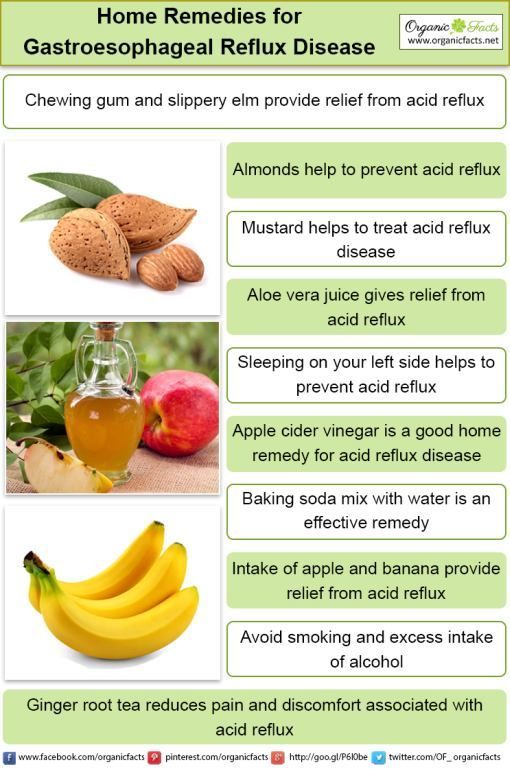 We encourage you to consider our personalized, one-on-one baby and toddler sleep consultation packages if you want to see real, meaningful results now. Your consultation package also includes ample follow-up help, designed to help you troubleshoot problems and tweak your plan as needed.
We encourage you to consider our personalized, one-on-one baby and toddler sleep consultation packages if you want to see real, meaningful results now. Your consultation package also includes ample follow-up help, designed to help you troubleshoot problems and tweak your plan as needed.
Learn More About Services
For those persistent nighttime struggles, check out The 3 Step System to Help Your Baby Sleep. Using the same unique approach and practical tools for success, this e-book helps you and your baby sleep through the night.
Learn More About The 3-Step System
If you’re looking for ways to get your baby or toddler into a healthy sleeping routine during the day, explore Mastering Naps and Schedules, a comprehensive guide to napping routines, nap transitions, and all the other important “how-tos” of good baby sleep. With over 45 sample sleep schedules and worksheets, Mastering Naps and Schedules is a hands-on tool ideal for any parenting style.
With over 45 sample sleep schedules and worksheets, Mastering Naps and Schedules is a hands-on tool ideal for any parenting style.
Learn More About Mastering Naps
For those persistent toddler sleep struggles, check out The 5 Step System to Help Your Toddler Sleep. Using the same unique approach and practical tools for success, this e-book helps you and your toddler sleep through the night and enjoy a better daytime schedule.
Learn More About The 5-Step System
Join our VIP Members Area packed with exclusive content and resources: e-Books, assessments, detailed case studies, expert advice, and more. As a VIP member, you'll also enjoy a weekly chat with an expert sleep consultant.
Learn More About VIP Membership
In over 10 years, we have over 10,000 comments on our blog.
At this time, we’ve turned the comment sections off.
We would, of course, love to hear from you! For help with your specific sleep problems, please learn more about our DIY resources or our sleep consultation services. Or, consider emailing us for a fast and helpful response!
Proper nutrition for GERD - Clinic on Leninsky
The key to solving many problems with the gastrointestinal tract is proper nutrition. Gastroenterologist at the Clinic on Leninsky Katerina Chesskaya tells what you can and should eat for those who suffer from reflux disease.
What is GERD?
Gastroesophageal reflux disease (GERD) is a chronic relapsing disease in which there is a spontaneous, regularly repeated reflux of stomach contents into the esophagus. As a result, the lower esophagus is affected. The reflux of stomach contents into the esophagus is considered normal if it occurs occasionally and is not accompanied by negative factors. The disease is evidenced by the frequent recurrence of casting and inflammatory processes of the gastrointestinal tract.
GERD is usually manifested by belching and heartburn after eating or bending forward, and also at night. Another indication of the presence of GERD is pain behind the sternum, extending to the interscapular region, lower jaw, and the left half of the chest. There are also signs of GERD that are not directly related to the esophagus - a cough, shortness of breath, often occurring when lying down, hoarseness, dry throat, rapid satiety, and bloating. The cause of chronic inflammatory diseases of the nasopharynx (pharyngitis, laryngitis, sinusitis, tonsillitis) in 30% of cases is GERD. It has been proven that against the background of GERD there is a risk of developing obstructive pulmonary diseases, including bronchial asthma.
Proper nutrition for GERD
As in the case of many other diseases of the gastrointestinal tract, the main principle of the treatment of GERD is proper nutrition. There are foods that relax the lower esophageal sphincter, which leads to the reflux of acidic stomach contents into the esophagus, that is, reflux. These include; strong tea, coffee, chocolate, citrus fruits, tomatoes, bitters (garlic, onion), fresh mint. As well as fatty varieties of fish, meat and products that cause gas formation: muffins, hot pastries, legumes, brown bread, cakes, pastries, grapes, cucumbers, carbonated drinks. Alcohol and smoking also reduce the tone of the lower esophageal sphincter.
These include; strong tea, coffee, chocolate, citrus fruits, tomatoes, bitters (garlic, onion), fresh mint. As well as fatty varieties of fish, meat and products that cause gas formation: muffins, hot pastries, legumes, brown bread, cakes, pastries, grapes, cucumbers, carbonated drinks. Alcohol and smoking also reduce the tone of the lower esophageal sphincter.
Here is a list of foods to consider when planning your menu for the day.
Delete:
1. Bread: fresh rye bread, tarts and pancakes.
2. Meat: stewed and fried meat dishes from fatty meat, poultry.
3. Fish: fatty fish, fried, smoked, salty dishes.
4. Vegetables: white cabbage, turnip, rutabaga, radish, sorrel, spinach, onion, cucumbers, salted, pickled and pickled vegetables, mushrooms.
5. Fruit: Raw, sour, unripe fruit, dried fruit puree.
6. Cereals: millet, pearl barley, barley and corn grits, legumes.
7. High acidity dairy products, spicy and salty cheeses.
8. Sweet: halva, chocolate, ice cream, cakes.
9. Drinks: sour, carbonated, fruit drinks, strong tea, coffee and alcohol.
Recommended:
1. Bread: from wheat flour of the first or highest grade, yesterday, dry, uncomfortable baking.
2. Meat: Beef, veal, chicken, rabbit, turkey, all in the form of cutlets, meatballs, soufflés, mashed potatoes and quenelles.
3. Fish: boiled river fish - zander, pike, perch, any low-fat varieties.
4. Vegetables: carrots, cauliflower, potatoes, beets, squash and squash.
5. Fruits: Sweet berries, ripe fruits. Preferably mashed or baked.
6. Cereals: oatmeal, semolina, buckwheat (mashed), rice porridge, on the water with the addition of milk, boiled vermicelli.
7. Dairy products: milk, lean cheese and low-fat sour cream. Cottage cheese dishes made from pureed cottage cheese, for example, cheesecakes, casseroles.
8. Sweet: jam, marshmallows, honey, marshmallow, cream and milk puddings.
9. Drinks: weak tea or cocoa with milk, sweet juices and decoctions.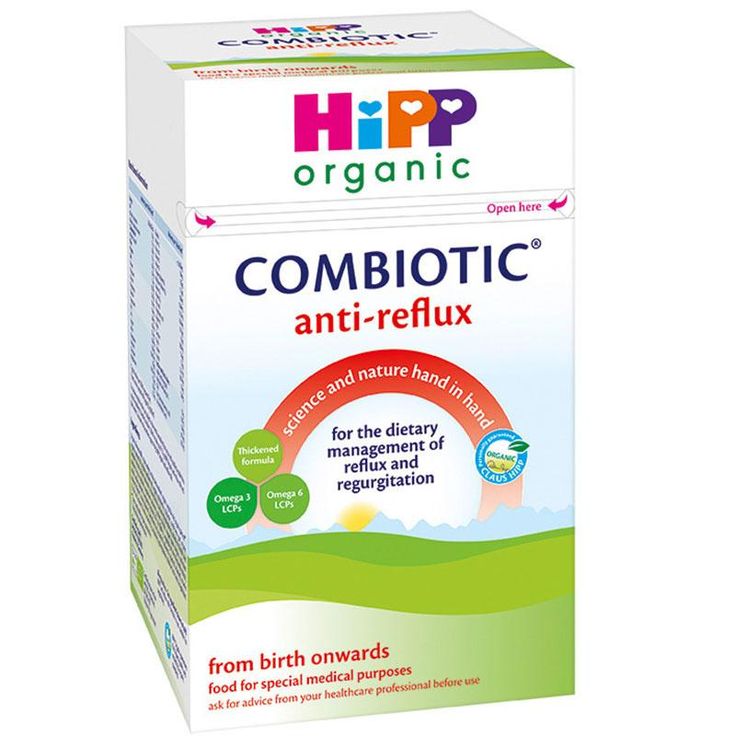
It is also important to adhere to the diet:
— Fractional meals in small amounts and often up to 5-6 times a day.
- Do not lie down immediately after eating, the last meal is 2-3 hours before bedtime.
- Do not work in a slope, exclude the "gardener" pose.
- Do not wear tight belts and limit abdominal exercise.
- Obese people need to normalize body weight.
Remember that only a gastroenterologist can make a diagnosis of GERD (however, like any disease), to accurately determine the patient's condition. At the appointment, the doctor, together with the patient, will find the cause of the disease, outline a treatment plan and further supportive therapy in order to avoid relapses.
At the Clinic on Leninsky, an appointment is being made:
- pediatric gastroenterologist Natalya Medvedeva;
- gastroenterologist Ekaterina Chesskaya.
You can make an appointment with a gastroenterologist at the Clinic on Leninsky
by calling +7 (495) 668-09-86 .
Moscow, Leninsky prospect, building 67, building 2
Tel. .-Fri. 7:30–20:00 Sat-Sun 9:00–18:00
What foods should be added or excluded from the diet for heartburn?
When a person swallows food, it passes through the esophagus into the stomach. At the same time, the sphincter in the stomach prevents food from being thrown back into the esophagus. However, if this sphincter malfunctions, the contents of the stomach can again enter the esophagus, which causes heartburn. If such a symptom appears more than 2 times a week for 3 weeks, it can be argued that a chronic form of gastroesophageal reflux disease (GERD) has developed. If this condition is not treated, it can lead to the development of cancer at the site of damage to the lining of the digestive tract. Many individuals with GERD are familiar with heartburn and nausea after eating. However, other common symptoms of GERD are also considered: hiccups, belching, wheezing or weak cough, sore throat, voice change, hoarseness.
The unpleasant symptoms of GERD may be exacerbated if the person lies down immediately after eating. Some also note an increase in the severity of such signs during the night. Since GERD is a digestive disorder, a relationship can be traced between diet and the symptoms of this pathology. So, there are products that increase or, conversely, reduce the severity of these symptoms. The first include: meat, oils and foods high in fat, salt in large quantities, foods rich in calcium (milk, cheese).
For example, a study published in Gut and Liver found an association between cow's milk allergy and GERD symptoms in children. Researchers have determined that children who are allergic to cow's milk are likely to experience symptoms of GERD when drinking this product. More research in this area is needed to confirm this association in adults, but scientists note that if a person experiences GERD symptoms regularly after consuming cow's milk products, he should eliminate them from the diet.
Another study published in Alimentary Pharmacology and Therapeutics found an association between eating high cholesterol foods and GERD symptoms. It showed that individuals who consumed more cholesterol, saturated fatty acids, and calories from fatty foods experienced more severe GERD symptoms than those who followed a healthy diet.
Among the foods that are also not recommended for GERD are chocolate, mint, carbonated drinks, fruit juices, coffee, foods with a high acid content, such as tomato sauce, etc.
A 2013 study of more than 500 volunteers found that certain foods can reduce the incidence of GERD symptoms. These include: foods high in protein (tuna, salmon, cashew nuts, almonds, lentils), some fruits (apples, melon, peach, citrus fruits) and vegetables (potatoes), as well as berries, eggs. Increasing fiber intake has also been associated with a reduction in GERD symptoms.
In addition to dietary changes, it is worth including foods rich in probiotics in the diet in the presence of GERD, since the normalization of the microflora of the gastrointestinal tract can help to cope with digestive disorders in general.


